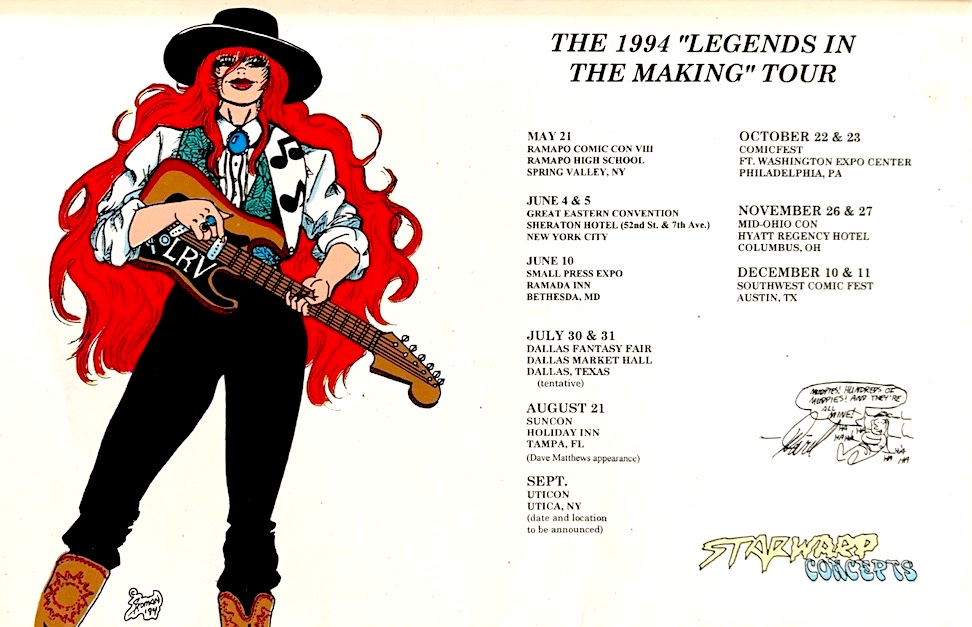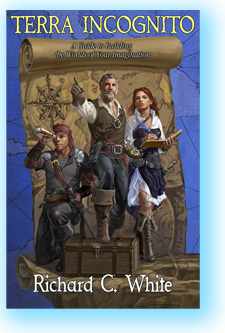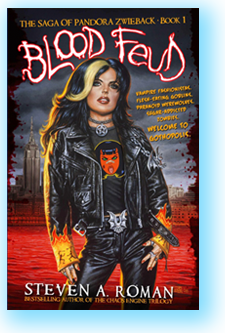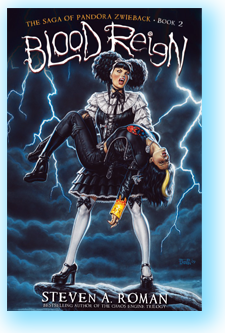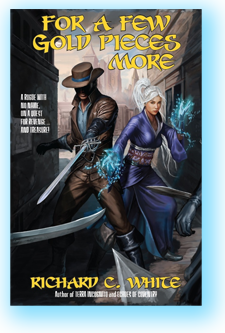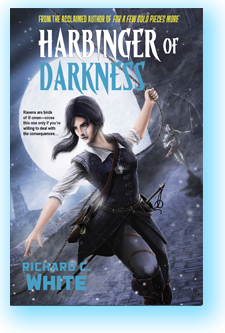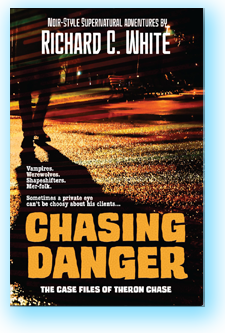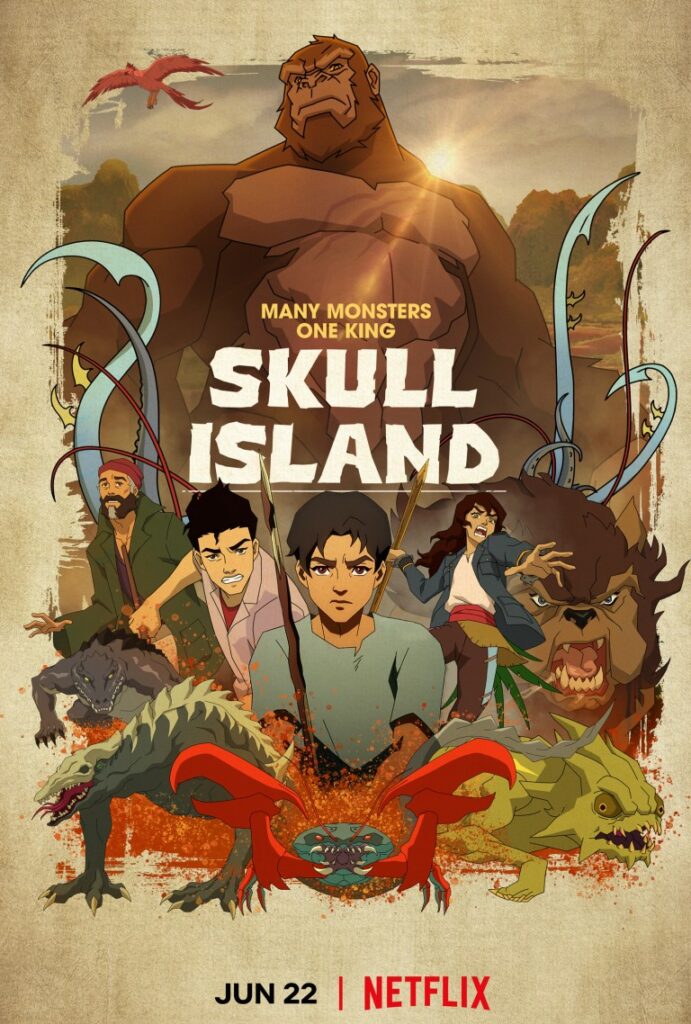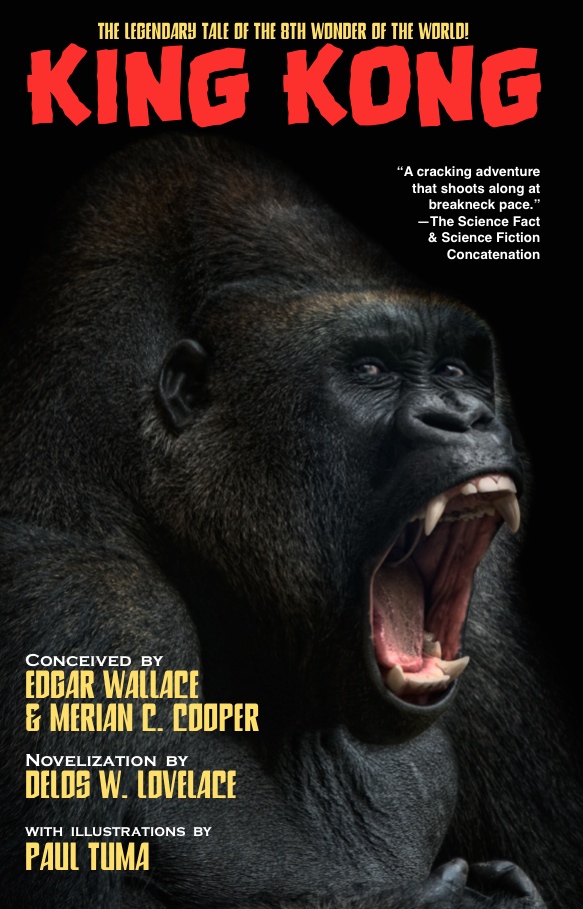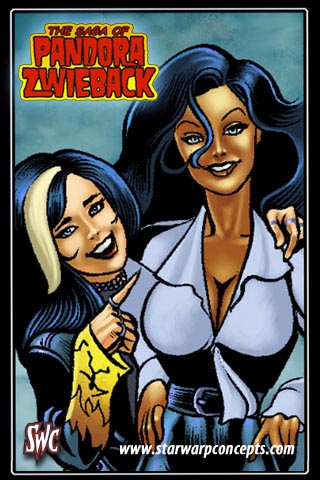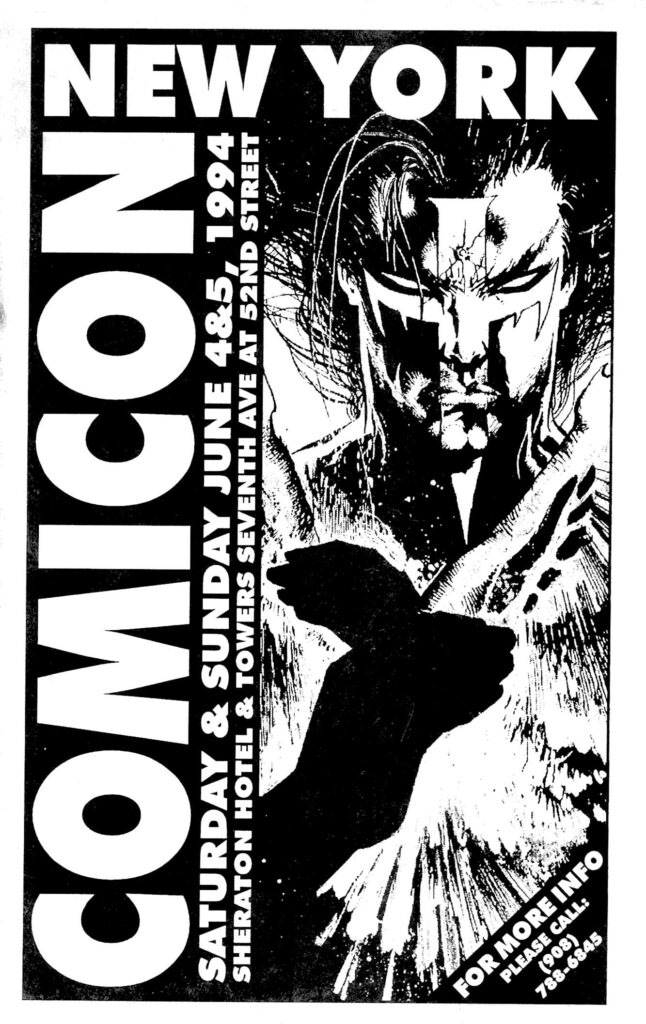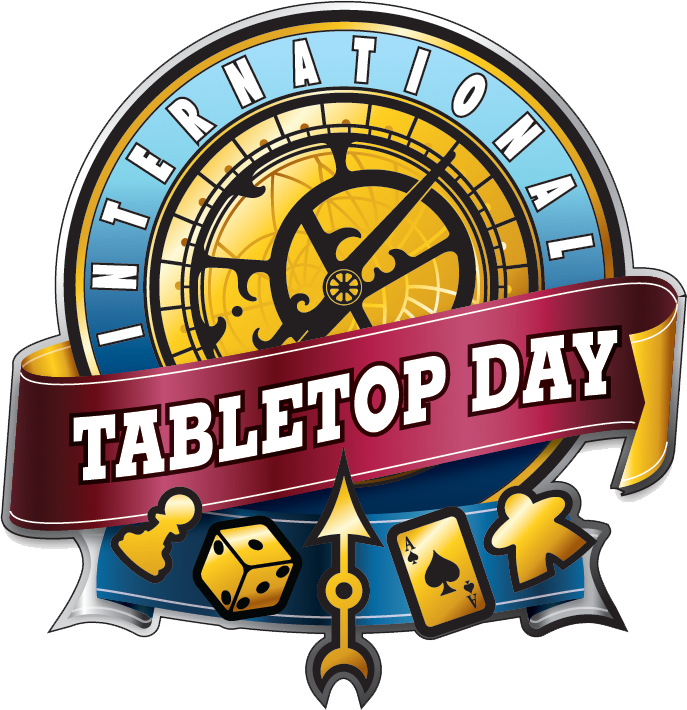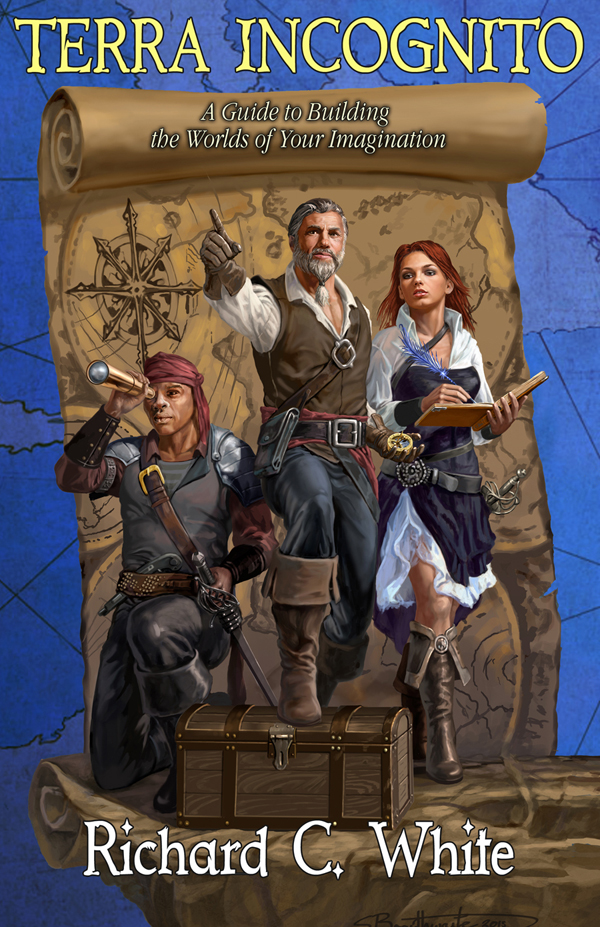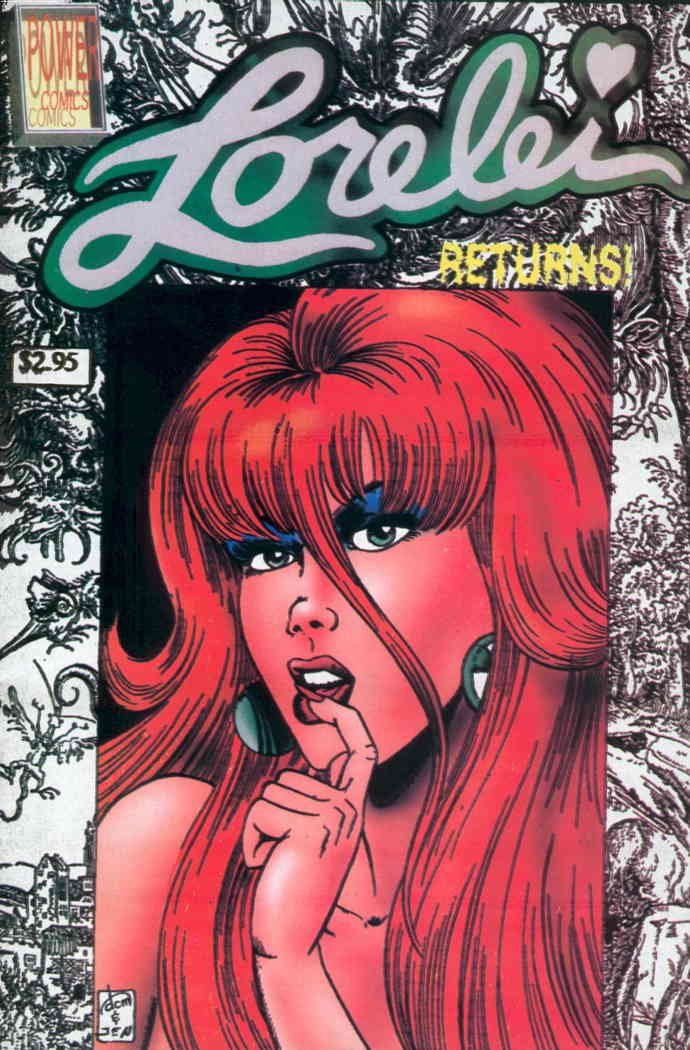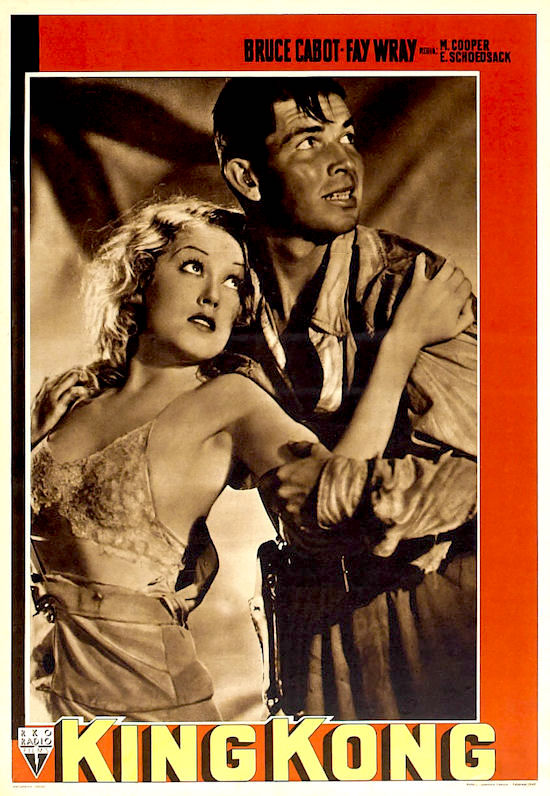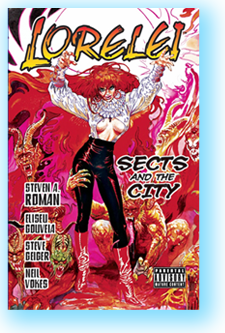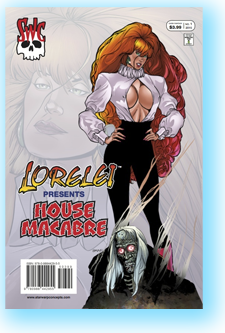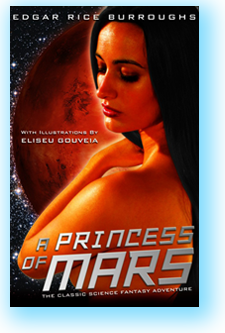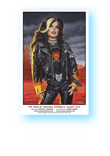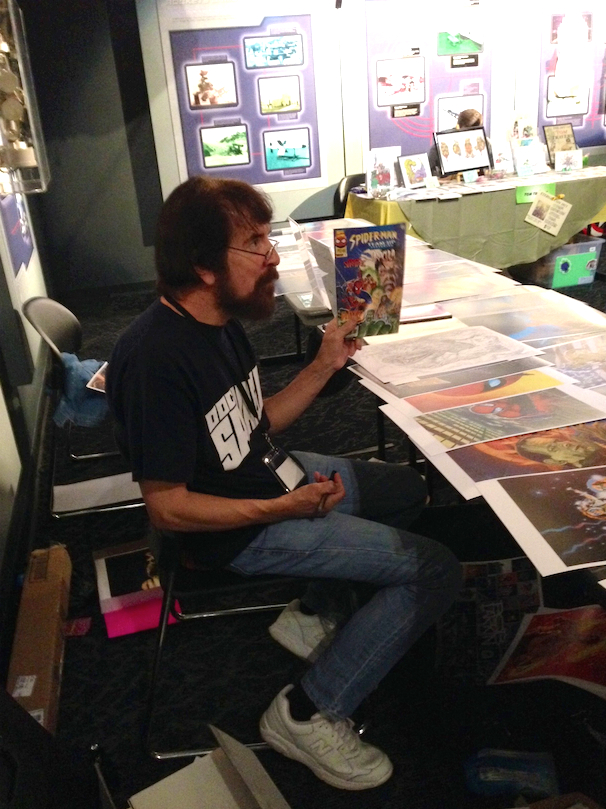
If you’re a fan of comic books, or movies, or pulp fiction heroes, Bob Larkin is a painter whose work you recognize immediately; he’s provided covers and movie posters for just about every publishing house and film studio for more than four decades.
Doc Savage, Dazzler, Star Wars, Star Trek, The Savage Sword of Conan the Barbarian, Piranha, Night of the Creeps, and The Toxic Avenger II are just some of the painted images you’re already familiar with, even if you didn’t know they were Larkin’s work. He’s been an inspiration to artists like Joe Jusko and Alex Ross. If you’re a Panatic, then you know him as the cover artist of the Saga of Pandora Zwieback novels Blood Feud and Blood Reign.
And today is his birthday!
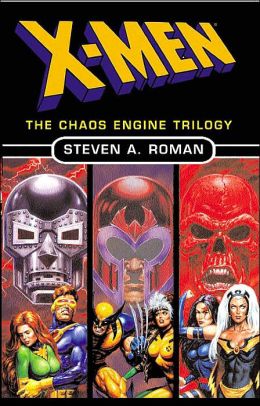
I’ve known Bob since 1998 when, as an editor for Byron Preiss Visual Publications (of which I’ve told many a story) I commissioned him to provide the cover painting for X-Men: Law of the Jungle, a novel by Dave Smeds involving Marvel’s mutant team traveling to the Savage Land to fight Stegron, the Dinosaur Man, and then a couple years later he provided the cover art for all three of my own X-Men: The Chaos Engine Trilogy novels. But I was a fan of Bob’s long before that, always eager to pick up a Marvel comic or comic magazine that sported one of his paintings—Tomb of Dracula, issues of Marvel Preview (Satana the Devil’s Daughter; the original Star-Lord), the adaptations of Star Trek: The Motion Picture and The Empire Strikes Back; even Jaws 2!
It’s not just his painting skills that are impressive, though—Bob’s also one hell of a pencil artist, as evidenced by his work in a couple of SWC projects. Cue the sales plug!
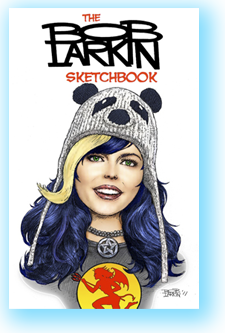
The Bob Larkin Sketchbook is a collection of some of Bob’s incredible pencil drawings, and what you’ll discover when you see them is how wide-ranging his subjects are. Sci-fi, horror, Westerns, pulp adventure, crime fiction, movie merchandise, even wrestling stars—as we say on the book’s back cover, there really islittle that he hasn’t painted.
The sketchbook also features three pieces created especially for it: the Pandora Zwieback cover art; a portrait of Patricia Savage, the fightin’ cousin of pulp fiction’s top-tier adventurer, Doc Savage, the Man of Bronze; and a two-page spread in which Doc faces off against another Golden Age crimefighter—The Shadow!
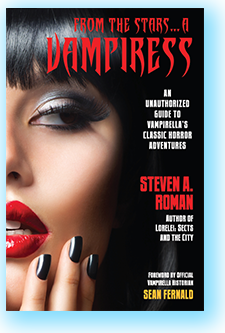
And in From the Stars…a Vampiress: An Unauthorized Guide to Vampirella’s Classic Horror Adventures, by Steven A. Roman (that’s me!), Bob provides a wonderful pencil-study frontispiece of the queen of comics’ bad girls. From the Starsis a nonfiction history of Vampirella that takes an extensive look at her early days, from the debut of her series in 1969 to the death of Warren Publishing in 1983. In addition to telling the tale of Hammer’s unproduced film adaptation that was to star Barbara Leigh and Peter Cushing, I provide an in-depth guide to all her Warren stories; a checklist of all her Warren appearances (plus the publications from Harris Comics and Dynamite Entertainment that reprinted her Warren adventures); an overview of the six novelizations by pulp sci-fi author Ron Goulart that were published in the 1970s by Warner Books; and a look at the awful 1996 direct-to-cable-TV movie that was made, starring Talisa Soto and Roger Daltrey. There’s also a peek at Mr. Cushing’s personal copy of the ’70s Vampirella screenplay; a foreword by Official Vampirella Historian Sean Fernald, and photographs from the personal archives of Forrest J Ackerman.
The Bob Larkin Sketchbook and From the Stars…a Vampiress: An Unauthorized Guide to Vampirella’s Classic Horror Adventures are available in print and digital formats. Visit their respective product pages for ordering information.
And to see more of Bob’s stunning work, pay a visit to his art blog, Bob Larkin: The Illustrated Man.
Happy birthday, Bob!

